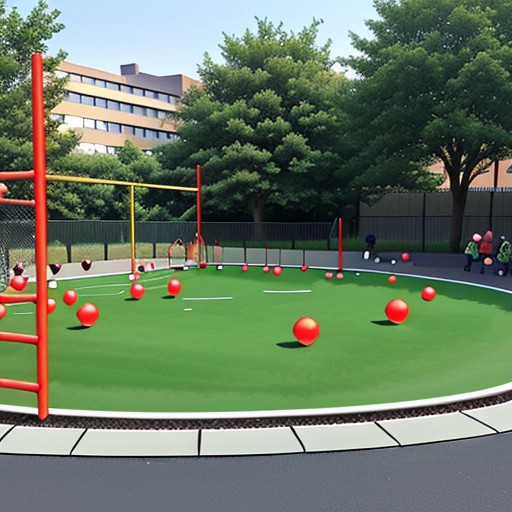
The Philippines’ Best Live-Work-Play Communities for Expats
If you’ve ever wished everything you needed was just a short walk away — your home, job, gym, favorite coffee spot — you’re going to love the live-work-play lifestyle. It’s a modern way of living that’s starting to pop up all over the Philippines, and expats are paying attention.
These communities are designed so you can live, work, and unwind all in the same area. No long commutes. No chaotic traffic. Just a more relaxed, balanced way of life.
Why This Setup Solves So Many Expat Headaches
Let’s be real — as much as we love the Philippines, it’s not perfect. Expats often mention issues like unreliable infrastructure, safety concerns, or having to travel too far just to find decent healthcare or groceries.
That’s where live-work-play communities really shine. They bundle everything you need into one place, and that makes a big difference.
What These Communities Actually Fix
Here’s what makes them a smart choice for foreigners living in the country:
-
Better infrastructure — Roads, power, internet… everything works better in these focused areas
-
Tighter security — Most have 24/7 guards, gates, and smart surveillance
-
Modern living — Think world-class malls, cafes, gyms, and hospitals right outside your door
-
Built-in community — You’re not isolated, you’re surrounded by other professionals, families, and like-minded people
In short, it’s a lifestyle that feels a lot more stable and a lot less stressful.
Why This Lifestyle Just Makes Sense
Living in a setup like this has a ton of perks — especially for expats who want both comfort and convenience.
Everything’s Close
You can walk to work, grab lunch with friends, hit the gym, and still be home in time for dinner. No traffic, no stress.
A Healthier Way to Live
With parks, fitness centers, walking paths, and clean public spaces all built in, it’s way easier to stay active and eat well.
It’s Not Just Comfortable — It’s Smart
These areas are growing fast, and property values usually go up. So if you buy a condo or open a business there, it’s not just a lifestyle upgrade — it’s a solid investment too.
Big Boost for Local Economies
Live-work-play spots create jobs, attract startups, and support everything from small cafes to international offices. It’s a win for everyone, not just the people who live there.

















